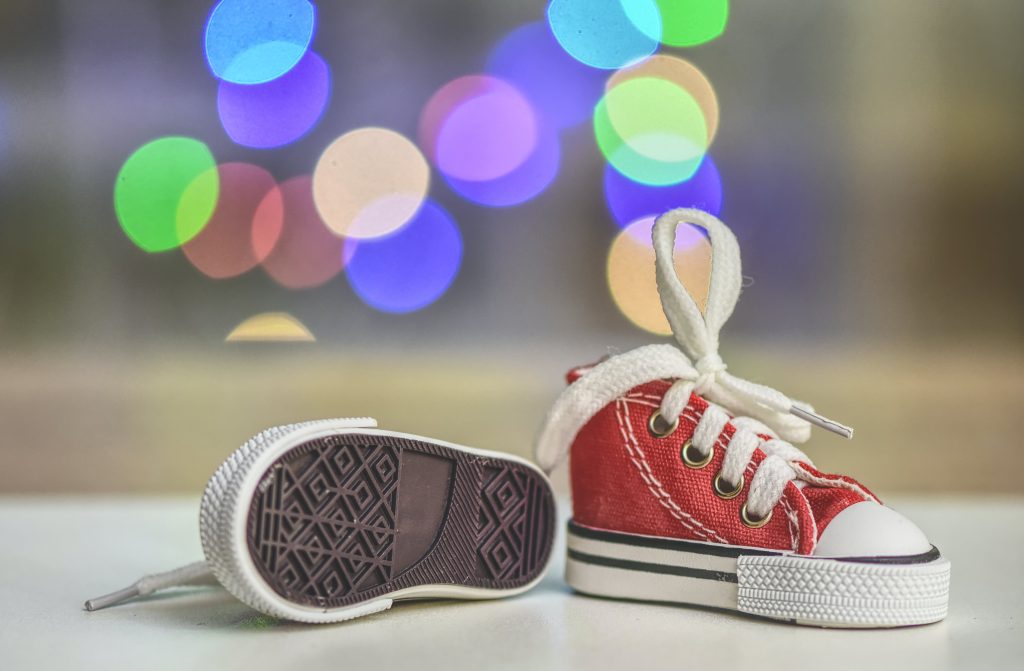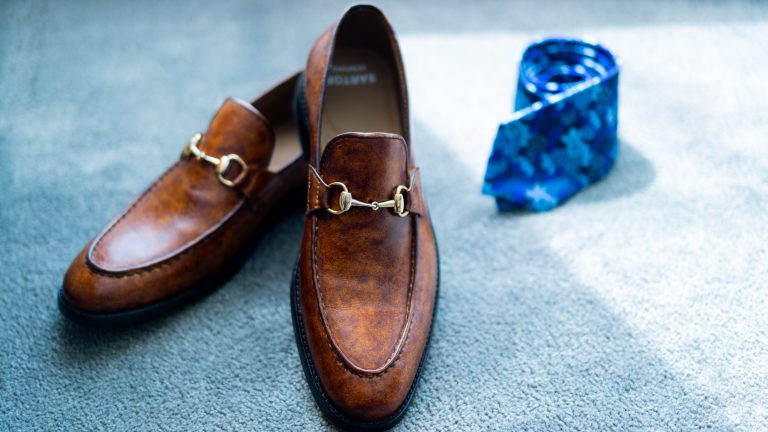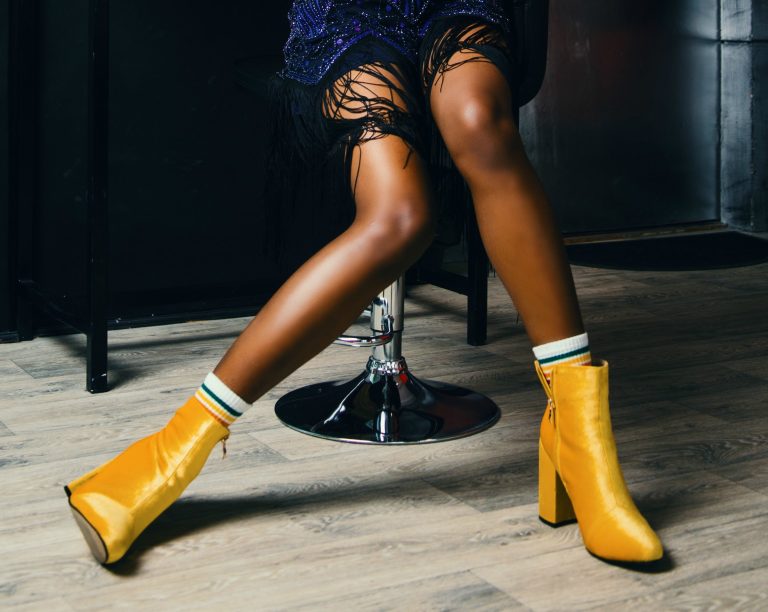Can Babies Wear Shoes at 3 Months? Exploring the World of Pram Shoes
Introduction
Can Babies Wear Shoes at 3 Months? Welcoming a new addition to the family is an exciting and joyous occasion. As parents, ensuring the comfort and safety of our little ones is always a top priority. One common dilemma that parents often face is whether babies can wear shoes at just 3 months old. Additionally, the concept of pram shoes has gained popularity. Let’s delve into these topics to understand what’s best for our little bundles of joy.

Understanding Infant Foot Development
Importance of Healthy Foot Development
Babies’ feet are incredibly delicate and undergo rapid development during their early months. It is crucial to understand the significance of allowing their feet to grow naturally.
When Do Babies Start Wearing Shoes?
Can Babies Wear Shoes at 3 Months?
Many parents wonder when it is appropriate for their babies to start wearing shoes. Exploring the age-appropriate milestones for introducing footwear can help make an informed decision.
Debunking Myths About Baby Shoes
Myth: Babies Need Shoes for Proper Foot Support
Contrary to popular belief, babies do not necessarily need shoes for proper foot support. Understanding the natural structure of infant feet dispels this myth.
Myth: Shoes Help Babies Learn to Walk Faster
Another common misconception is that shoes aid in the walking process. We’ll explore the truth behind this myth and how it impacts a child’s development.
Introducing Pram Shoes: What You Need to Know
What Are Pram Shoes?
Pram shoes, also known as crib shoes, are designed specifically for infants. Let’s explore the features of pram shoes and their benefits for the baby.
Choosing the Right Pram Shoes
Selecting pram shoes involves considering factors such as material, size, and flexibility. Understanding how to choose the right pair ensures both comfort and safety for the baby.
The Importance of Barefoot Moments
Benefits of Going Barefoot
Allowing babies to spend time barefoot offers numerous advantages, including improved balance and muscle development. We’ll discuss the benefits of letting your little one explore the world sans shoes.
Practical Tips for Keeping Baby’s Feet Happy
Proper Foot Measurement
Ensuring the correct shoe size is essential. Learn how to measure your baby’s feet accurately to provide the best fit.
Opting for Soft-Sole Shoes
When shoes are necessary, soft-soled options are recommended. Discover why soft-soled shoes are beneficial for the baby’s feet.
Regular Checkups and Shoe Replacements
Babies grow quickly, and their shoe size changes rapidly. Regular checkups and timely replacements are essential to accommodate their growing feet comfortably.
Conclusion
In conclusion, understanding the intricacies of infant foot development is vital for parents. While babies can wear pram shoes at 3 months, it is equally essential to allow them to explore barefoot. Prioritizing comfort, flexibility, and the natural growth of their feet should guide your choice of footwear. Remember, each child is unique, so observing your baby’s cues and consulting a pediatrician can provide personalized guidance.
FAQs
Q1: Can I make my own pram shoes for my baby?
A1: Crafting soft-soled shoes at home is possible, but ensure they provide adequate support and comfort for your baby’s feet.
Q2: Should I buy shoes with laces or Velcro closures for my 3-month-old?
A2: Velcro closures are more convenient for infants, as they are easy to put on and take off, ensuring a secure fit.
Q3: Are there specific brands known for producing high-quality pram shoes?
A3: Yes, several reputable brands specialize in infant footwear. Researching customer reviews and recommendations can help you find the right brand for your baby.
Q4: How often should I check my baby’s shoe size?
A4: It is advisable to check your baby’s shoe size every two to three months, especially during periods of rapid growth.
Q5: Can my baby wear pram shoes outdoors?
A5: While pram shoes are designed for indoor use, some models are suitable for light outdoor activities. Check the shoe’s specifications and guidelines provided by the manufacturer.




Leave a comment